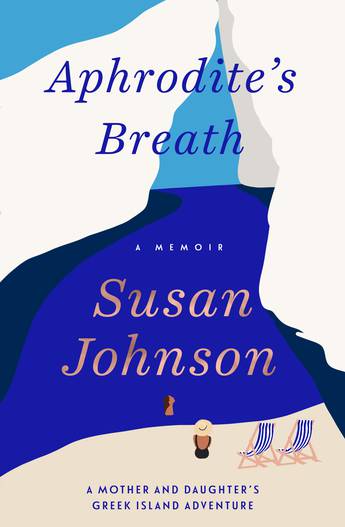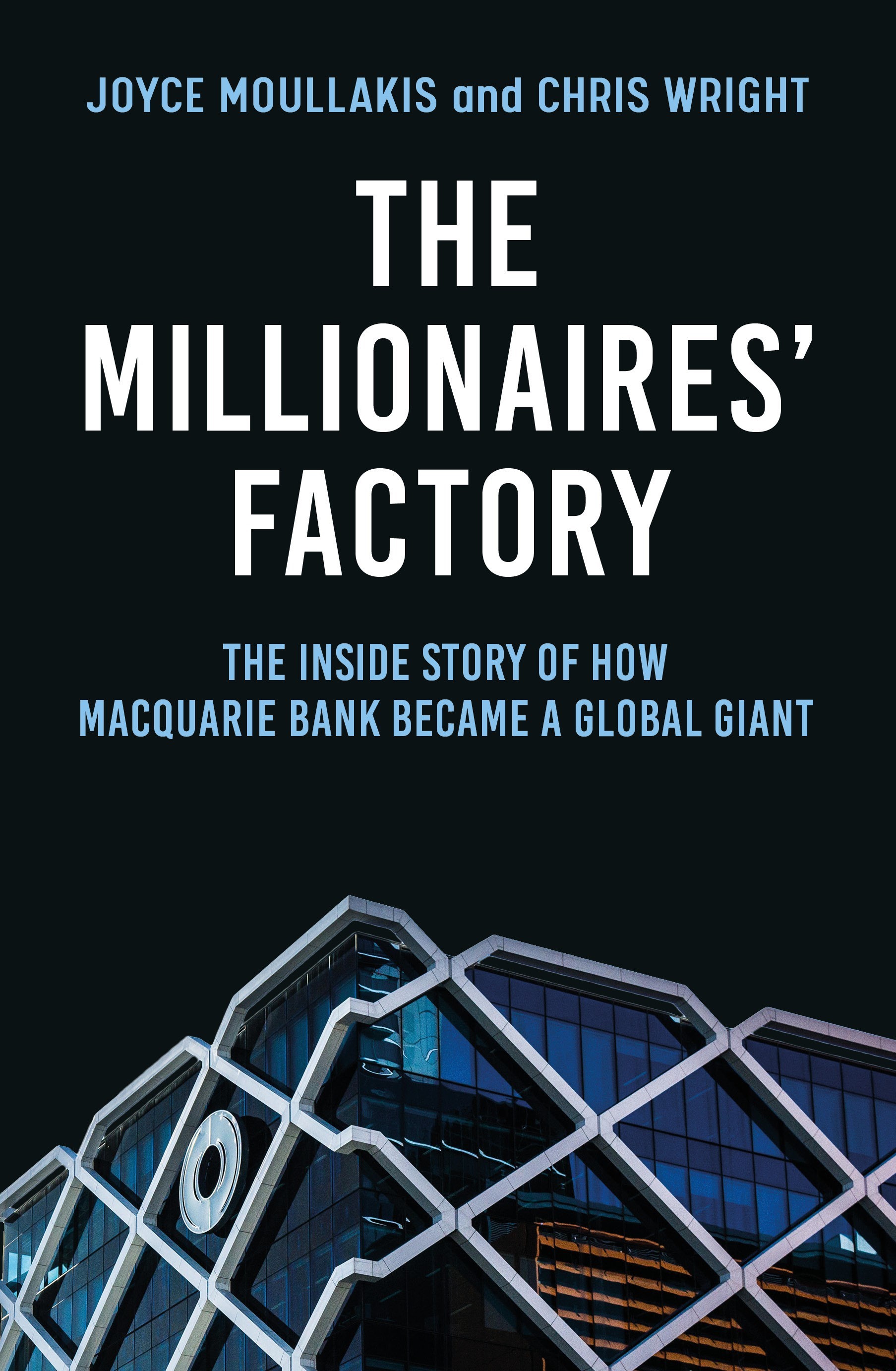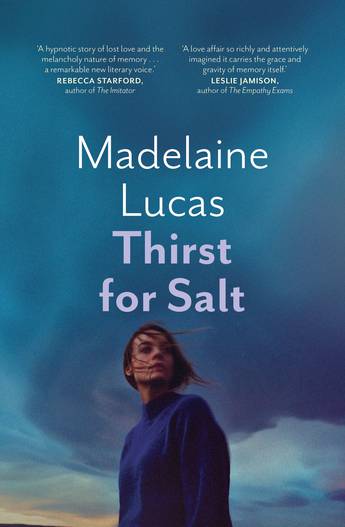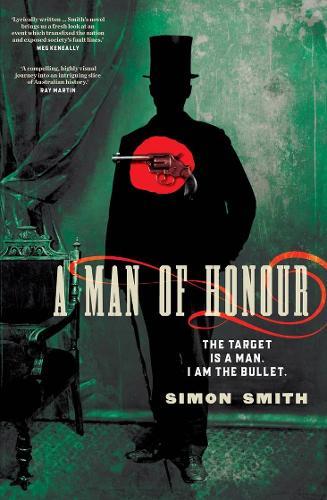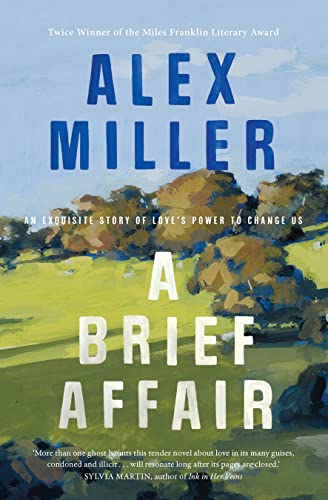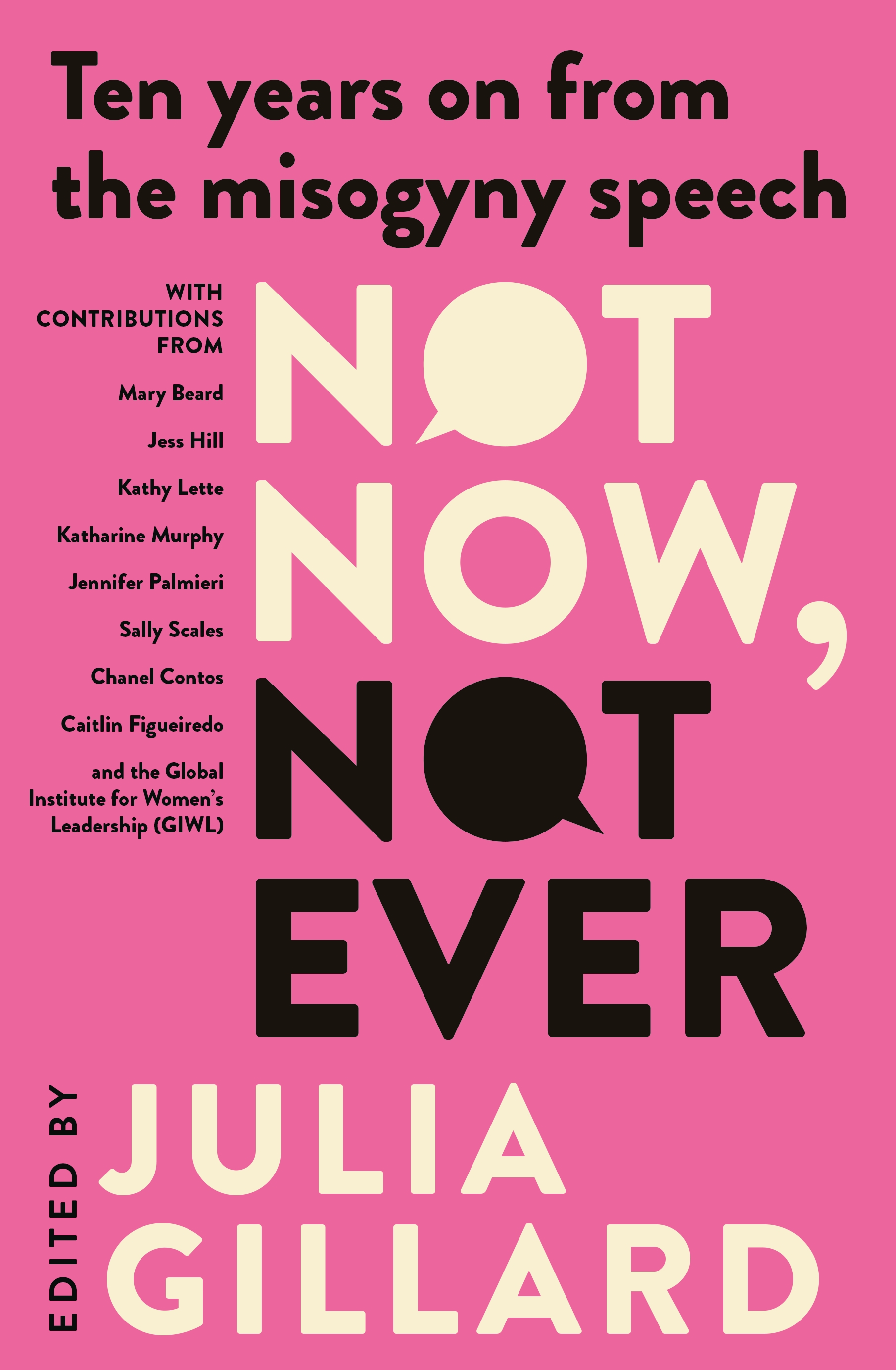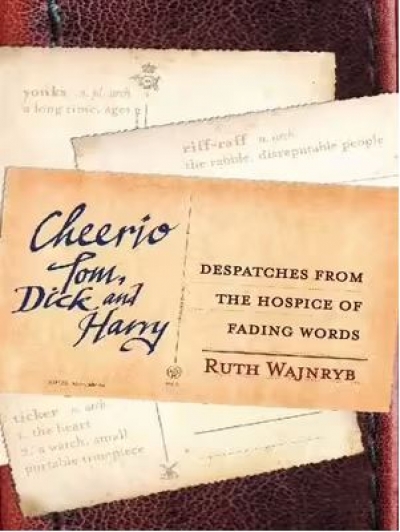On the surface, there is little connection between these three début novels. Rijn Collins’s Fed to Red Birds (Simon & Schuster, $32.99 pb, 247 pp) sketches an intimate portrait of migration, beautifully illustrating the migrant’s immersion within and isolation from their adopted land. Elva, a young Australian woman, hopes to remain in Iceland, her absent mother’s home country, despite the unique challenges it presents her. Michael Thompson’s How to be Remembered (Allen & Unwin, $32.99 pb, 344 pp) poses an intriguing metaphysical question: what happens if, each year on his birthday, every trace of one boy’s existence is erased? How can a person survive when nobody, not even his parents, knows who he is? Tommy Llewellyn is determined to find the answer and outfox this universal reset. Kate Scott’s Compulsion (Hamish Hamilton, $32.99 pb, 279 pp) revels in music, drugs, food, fashion, and hedonism. Lucy Lux attempts to uncomplicate her chaotic partying lifestyle by escaping to a remote seaside town she remembers from her childhood, where her passions and problems blaze anew. Despite their many differences, these are all essentially stories of self-discovery, coming of age, and obsession.
...
(read more)

